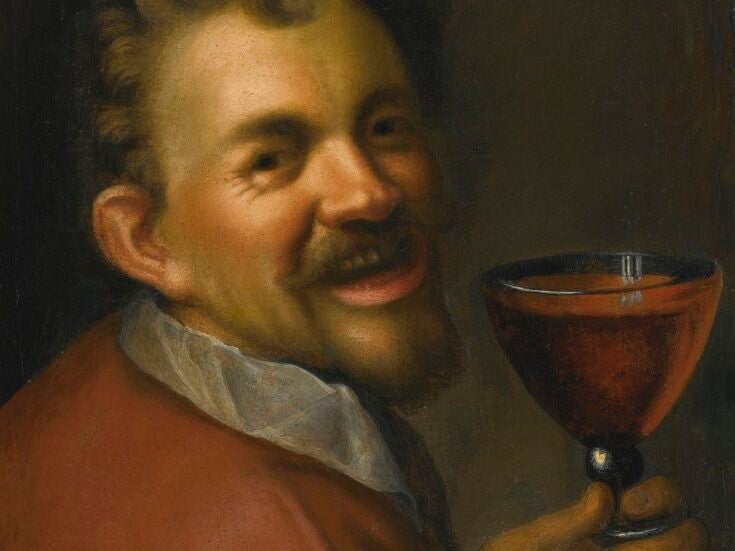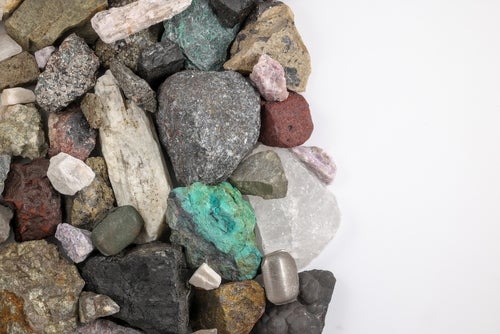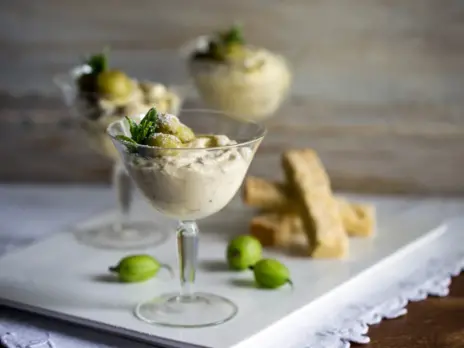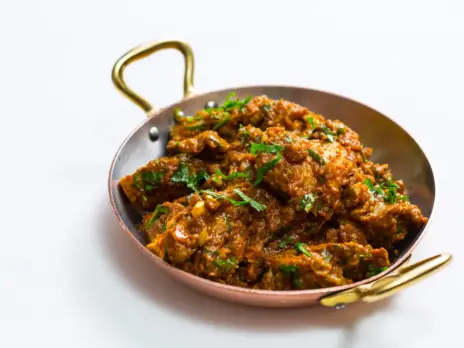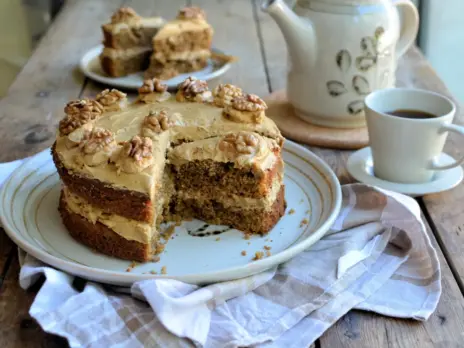
In a piece first published in WFW55 in 2017, Andrew Jefford, inspired by a single bottle of Wiston Estate 2010 Blanc de Blancs, picked out the details of his developing relationship with the wines of his native country.
Life, recalled, is detail. No one can understand an entire tide, a complete season. You remember the moment when, with a gush, a disbursement of cooler water suddenly entered the warm rock pool you were poking about in; or the point one February morning when, though scarf-muffled and overcoated as you set off for the post office, you chanced to see that the first pink almond flower had opened. Thus we gauge the change that moves over us, like a river passing over stones, ubiquitous and unstoppable.
This particular cycle of details begins, almost 27 years ago, when I climbed into a car and noticed that it had grass growing from the backseat. This was the last stage of my first visit to an English vineyard: a lift from the railway station, over the white hills, to a small downland farmstead where the dream of making English wine had rooted earlier than elsewhere. But the grass in the backseat told its own story; the little-used word “pauper” featured in the subsequent conversation.
Beyond heroic eccentricity
Back then, viticulture in the UK was heroic eccentricity. Practitioners required fortitude to absorb the repeated blows dealt by the skies above, and a thick skin to ignore the opprobrium customarily heaped on the still, off-dry white wines of Germanic inspiration that they tentatively crafted. There was barely a bubble to be seen. Chardonnay and Pinot Meunier were considered unripenable north of Rouen. It was new crosses out of Geisenheim that caused a buzz.
Global CO2 levels were around 350ppm in 1990; today they have passed 407ppm. Mean global temperature levels have risen by 0.36°F (0.2°C) during that period. Vines, it would seem, notice these things.
In any case, someone was going to give sparkling wine a try in the UK sooner or later. I didn’t know it at the time, but a wealthy American couple called Stuart and Sandy Moss had planted Champagne varieties in Sussex in 1988. Originally from Chicago, they collected antique English furniture; then they bought the perfect English house (called Nyetimber, mentioned in the Domesday Book, a former home of Anne of Cleves) to house it all, so why not a few vines? The wine took an age to come to market but quietly impressed when it did so—unlike still English white made from strange crosses.
I visited (another detail) Stuart and Sandy one winter’s afternoon in the mid-1990s; they were labeling bottles individually, by hand, in the cold winery, not quite by candlelight but not by much more, as gray dusk foundered into night. They weren’t natural quitters, but the work eventually took its toll. I was back at Nyetimber under new, pop-world ownership four times in 2006, to hang out and laugh a lot with the high-spirited young Irishman who’d grabbed the winemaking helm: Dermot Sugrue, a vet’s son from Limerick. He didn’t survive a second, post-divorce change of ownership at Nyetimber, but like a seedhead he floated upward, to Wiston—one of the great southern English agricultural estates. Next detail: Dermot, in 2008, proudly showing me his traditional Coquard press, England’s first, in the winery he was creating for Wiston in a ghastly old turkeyslaughtering shed. (When Dermot’s brother visited, he told him he was “polishing a turd.”) I was back in the shed last year, on the hottest English September day since 1911, tasting fine sparkling wine.
The English wine tide, like levels of atmospheric CO2, had surged since 2008—on a foam of bubbles: a doubling of plantings in England over the past decade, with commitments from Taittinger and Pommery among others; exports in 2016 to 27 countries. It’s not plain sailing, since climate change is a jerky and unpredictable creature: 2012 whacked everyone on the UK wine scene with what Sugrue called “the coldest, wettest, and darkest summer since 1912.” Every year, indeed, the wind blows and the clouds unscroll just a little more than you’d like. I’ve just tasted, this minute, the 2011 Sugrue Pierre, Dermot’s own wine that he makes from a vineyard owned by Storrington Priory: beautifully crafted, taut, vital, vinous, pristine, not a whisker out of place, but the acid structure is so monumental, such a hump to clamber over, that you feel it might need a decade before it’s approachable at all. That acid isn’t unripe, it’s just huge: a gimlet, boring into time. Typical of England just now, at least with the blacker Champagne varieties—the weather’s legacy. It’s still hard, therefore, to catch that diagnostic Champagne quality: finesse.
A true head-turner Just sometimes, though, with a pure Chardonnay, you can do it—already. As here: chalk powder, plant sap, and white mushrooms to smell, and then a foamy-feathery palate, lingering, elegant, poised, and pure. The acidity is no longer a bawling baby that needs to be placated; it’s adult and alluring. The Sugrue attention to detail is evident in the lack of false notes, in its ability to suggest tellingly. A true head-turner—and just under £40 from its UK retailer (Corney & Barrow). I have, I hope, a few years left; I’m out to catch as many more details as I can. My doubts about Pinot Meunier in England, for example, were somewhat allayed by the pure-Meunier Exton Park Non-Vintage Rosé I tried recently, from chalk downland vineyards near Southampton; it was lean and coruscating in style, but redcurrant-perfumed and balanced, not overly appley. We won’t, I suspect, see much more grass growing from car seats.


